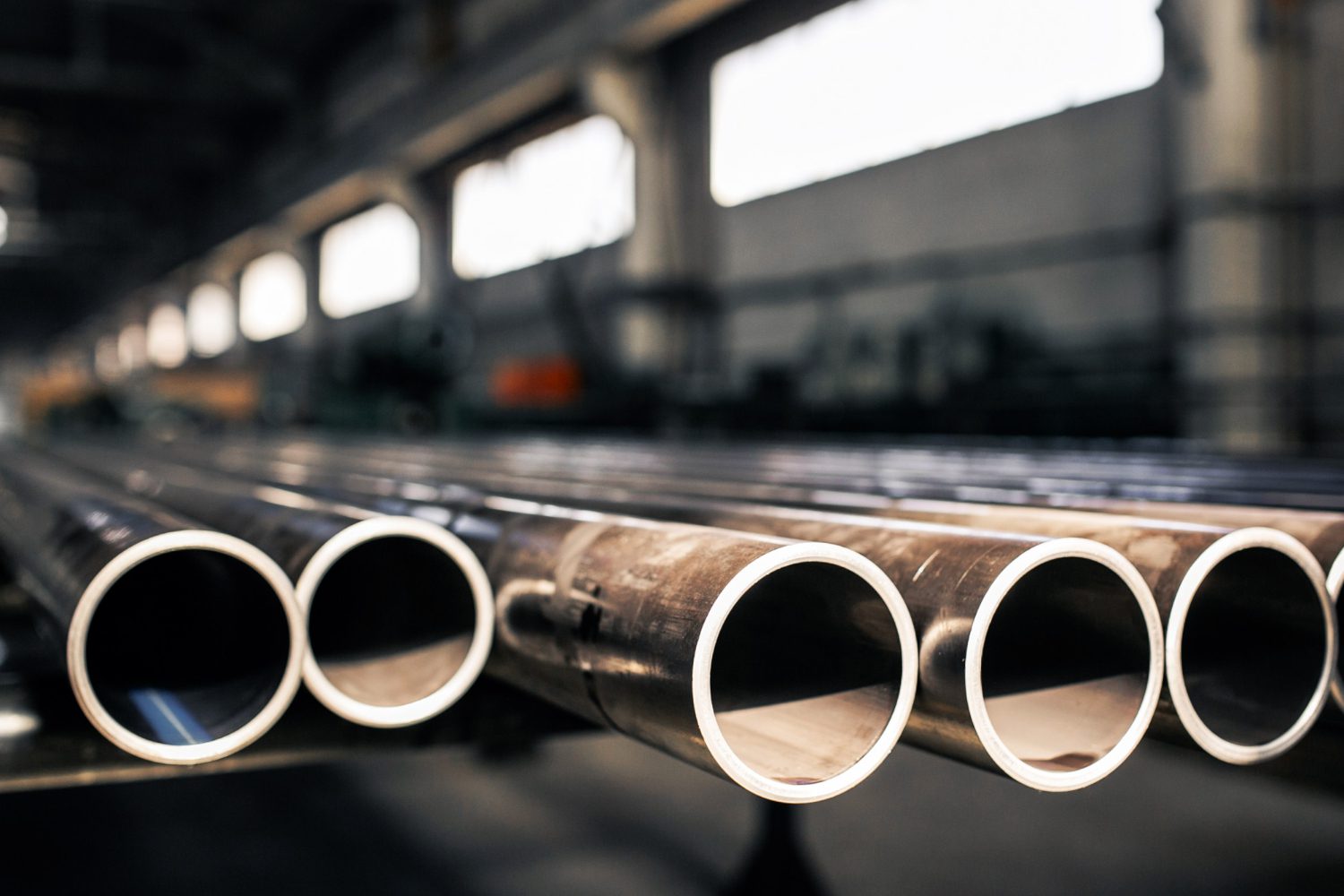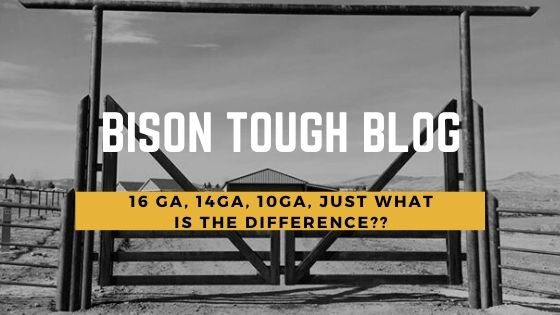So you have headed out panel shopping and the salesperson is telling you this panel is 14 GA, this panel is 16 GA, etc and this one is High Tensile Blah blah blah… So what is the real difference or does it even matter? Well, hopefully this will help.
First, let’s tackle the “high tensile steel” conversation. Steelwork hardens, so what happens to the steel is that most of the tubbing is resized and rolled by cold forming before it is welded. This cold working raises the tensile strength of the steel ever so slightly. How steel is measured for strength, in the simplest terms, is based on a blend of yield and tensile. It is a balance of those two factors that determine the strength of steel. If steel is too hard it becomes brittle, if it is too soft it will bend easily. If it is just right it will give and return to its original shape with normal use.
So for example, if standard steel is 35,000 PSI (Pounds per square inch) yield then when you harden it, as they do in the panel industry, it may raise to say 38,000 PSI or so. (don’t quote me) but you get the idea.. it may raise strength maybe 10%. So is it high Tensile?? That is for you to determine but the question is; does it make all the difference in your panel?? Probably not. Does it help? Absolutely.

So let’s talk gauge… There three basic gauges used in steel tube panels typically 16 ga, 14 ga, and 10 ga. Gauges work like this; the smaller the number the thicker the steel. So 10 gauge is thicker than 16 gauge. So the question then comes, how much thicker??? 16ga steel is .065” inches thick, that is about 1/16th of an inch thick. 14 gauge in comparison is .083 inches thick which doesn’t sound like much except it is almost 30% thicker (27.6% to be exact). Is 30% enough to make a difference? Absolutely!! 30% thicker 30% stronger 30% better. Is the panel about 30% more in the price? Probably. Is it worth it? That is up to you. Now, 10 gauge is .120 wall thickness approx. (up to .135 wall depending on who you talk too).
That means 10 Ga is 84% thicker than 16 Ga. and 44% thicker than 14 Ga. So 10ga is by far and again much, much, stronger than either of the other panels. Sometimes you can combine them like we do.. using a 10Ga pipe on the hinge side of the gate and using 14” everywhere else. 14ga is an accepted level of strength used by most commercial livestock facilities we service.
Just a note that some of the cheaper panels are as light at 18ga. Which is .049 wall thickness on the steel .. that is 25% thinner than even the lightest panel we carry and basically good to create a visual barrier but that is about it 😊… The problem with ultralight panels is they can collapse on an animal and create a trap causing severe injury.
There are a few other factors that can change the performance of your panel; the design of the panel and shape of the tubing can come into play when it comes to the overall structure of the product produced. Does the panel have 2 upright braces or one? maybe it has three braces and gusseted corners. The shape of the tubing can provide more strength in one direction than the other such as Prieferts panel design. So it would be fair to say that a 16 ga panel designed right would be as strong as a 14 gauge panel? Possibly, but you are better to go for weight than you design. Which brings me to one of the easiest ways to tell if one panel is thicker than the other, ask what it weighs. Now finally 10ga panels are by far the strongest (just don’t try to move them around too much 😊).
So in closing, panel design does come into play and so does coating, but, my simple recommendation is to look for a good 14 ga panel ( 16ga minimum), bare or coated (coating is required in some environments) and you will have excellent luck. Then add an excellent powder coating, done right and the panel will serve you longer than you will serve the panel 😊.
Hope this helps you with your buying decision and we are glad to answer questions at any time!
Stay Bison Tough!!


